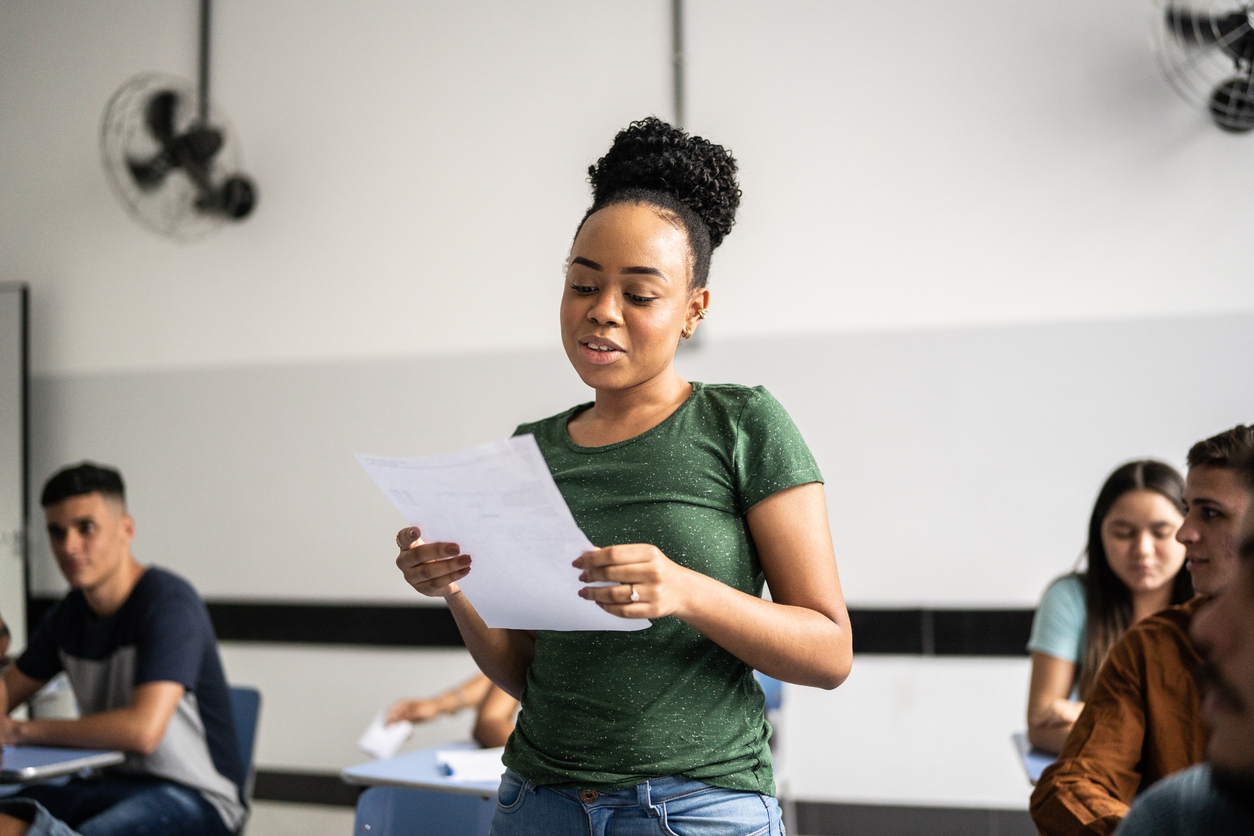Unlocking the Power of Words: Literacy as the Bedrock of Education
By: Sophia Brown, Guest Author
Imagine a world where every word is a puzzle, every sentence a labyrinth. For some, this is a daily reality. Literacy, the ability to decode the mystery of words and weave them into meaningful communication, is the cornerstone of education. It’s a magical key that unlocks a world of possibilities, and it’s one of the most precious gifts we can bestow upon our children.
Yet, the path to literacy is not a race, and every child embarks on this journey at their own pace. Some may find themselves lost in the maze of alphabets and syllables, struggling to master the art of reading and writing. But fear not, for there is a beacon of hope in this challenging terrain – Response to Intervention (RTI).
RTI is not just a strategy; it’s a multi-tiered fortress built to safeguard students grappling with learning and behavioral needs. It’s an early warning system, a support network, and a guiding light all rolled into one. It ensures that no student is left behind in the quest for literacy, providing the necessary tools and resources to overcome their unique challenges.
So, let’s delve deeper into the world of RTI, and explore how it’s revolutionizing the way we approach literacy and education. Because every child deserves the chance to unlock the power of words.
Tier 1: Universal Instruction
The first tier of RTI involves high-quality instruction in the general education classroom. All students receive this instruction, and teachers monitor progress regularly. Here are some strategies that can be used:
• Explicit Instruction: Teachers should clearly model and explain the skills being taught. This includes demonstrating the process, providing guided practice, and giving feedback.
• Differentiated Instruction: Instruction should be tailored to meet the diverse needs of students. This could involve adjusting the content, process, product, or learning environment based on the student’s abilities, interests, and learning styles.
• Incorporating Technology: Using educational software or online resources can make learning more engaging and personalized.
Lesson Example: Using a Shared Reading Approach
In a shared reading lesson, the teacher and students read a text together. The teacher models fluency and comprehension strategies, and students join in. For example, the class might read a short story together. The teacher can pause at strategic points to model predicting (“I wonder why the character is acting this way?”), questioning (“Why did the author choose this word?”), and summarizing (“So far, the character has…”).
Tier 2: Targeted Interventions
Students not making adequate progress in Tier 1 will receive additional support in Tier 2. These interventions are more targeted and often occur in small group settings. Some effective Tier 2 interventions include:
• Guided Reading: This involves a teacher working with a small group of students who are at similar reading levels. The teacher provides support as students read texts that are slightly above their independent reading level.
• Repeated Reading: Students read a short, meaningful passage several times until a certain level of fluency is reached. This helps improve reading speed, accuracy, and expression.
• Vocabulary Instruction: Explicitly teaching vocabulary words can enhance reading comprehension. This can be done through direct instruction, word maps, or semantic feature analysis.
Lesson Example: Guided Reading Groups
In a guided reading lesson, the teacher works with a small group of students who are reading at a similar level. The teacher selects a text that is slightly above the students’ independent reading level. The lesson might start with a brief introduction to the text, followed by the students reading the text quietly to themselves. As the students read, the teacher provides individual support, prompting students to use decoding strategies as needed. After reading, the teacher leads a discussion about the text, asking questions to check comprehension and encourage deeper thinking. Instruction should be direct and explicit.
Tier 3: Intensive Interventions
Tier 3 is designed for students who need more intensive support. These interventions are often delivered one-on-one and are tailored to the specific needs of the student. Some strategies for Tier 3 include:
• Individualized Instruction: Instruction is tailored to the specific needs of the student. This could involve more intensive versions of Tier 2 interventions or specialized programs for students with learning disabilities.
• Progress Monitoring: Regular assessments are used to track the student’s progress and adjust instruction as needed. This ensures that the intervention is effective and the student is making progress towards their literacy goals.
Lesson Example: Individualized Reading Instruction
In an individualized reading lesson, the teacher works one-on-one with a student. The teacher selects a text that is at the student’s instructional level and focuses on a specific skill that the student needs to work on. For example, if the student is struggling with phonics, the teacher might select a text that contains many words with the target phonics pattern. The teacher would then model the strategy, guide the student in trying it, and provide feedback. Instruction should be direct and explicit here as well.
Thank you, Ms. Brown for the valuable information! If you would like to learn more on how to support your students, request a demo today!


